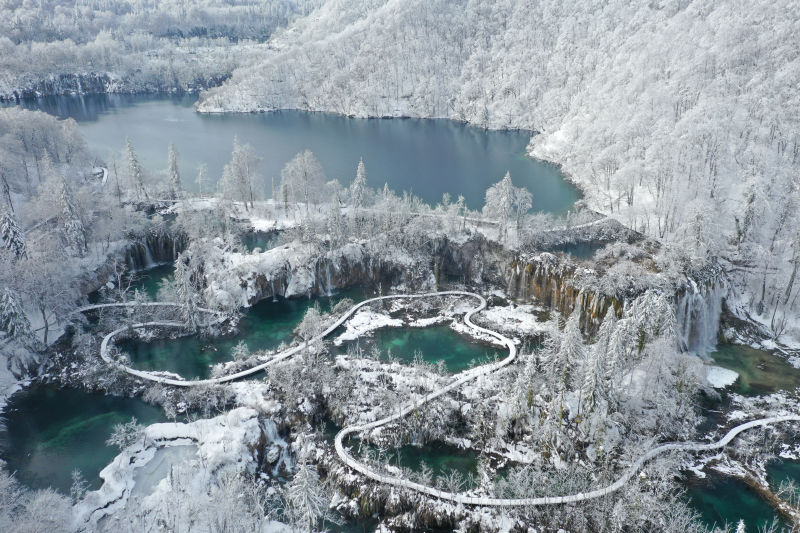14th Days of Honey in Pazin
- Edvard Badurina

- Mar 2, 2019
- 3 min read
Istria is known for its truffles, pasta, prosciutto and sausages, but also the greenery of Central Istria offers great opportunities for beekeeping and honey production! Because of this, the Association of Beekeepers Lipa from Pazin has been organizing for 14 years the Days of Honey. This year we visited this fair in the centre of the Istrian County.

Honey is made in Istria since dawn of history, but with the decree of 1775, the Empress Maria Theresa made beekeeping a protected trade, without taxes and duties. If today's beekeepers would have this privilege! Istria is rich in pasture for bees, which can choose the tastes and aromas of the Green Mediterranean almost all year round. In April, beekeepers will harvest fruit honey and honey, and then the hive will be moved near the acacia. This highly esteemed honey is particularly present in Istrian culinary art. In addition to acacia, in May, bees are also given place close to sage, while in June the hives are placed near chestnuts. At the end of September, bees return home and near the house they usually produce honey from heather and other self-grown herbs.

Honey, pollen, propolis, wax, royal jelly, are all other products come from the hard-working bees, which are supposed to form the backbone of our ecosystem. In Istria, honey points can be found mostly in Central Istria, around Pazin, Motovun and Višnjan, but also in North-western and North Istria, and two beekeepers work around Pula. Many of them, as well as beekeepers and honey producers from all over Croatia and Slovenia, exhibited their products at the 14th Honey Days in Pazin, held on February 22 and 23, 2019.

Special story was provided by Pazin with Pazin's sugar confectioners - cukerančići. This somewhat forgotten cake has returned thanks to the work of Davorka Šajina, the prize winner of the Best Rural Women and the leader of one of the oldest Istrian agritourisms Ograde. In the Days of Honey, Šajina has shown the way in which cookies are made. By her endeavour, the way of preparing the traditional sweets Pazinski Cukerančići came to the list of non-material cultural assets of Croatia. These cookies are traditionally part of the weddings, Christmas and Easter celebrations, and today can be purchased as a product of Antica cakes and Reginex.

Once, these cookies were made under the baking lid, and this is the way how Šajina learned from her grandmothers in a line of generations, and today is one of the few women in Istria who works in the old and traditional way. Prepared cookies were once worn in manigali - knotted baskets worn on their heads. Cukerančići are made from flour, sugar, eggs, milk, ammonia, butter (before the pork fat was used), sunflower oil, vanilla sugar, orange peel and lemon juice. Ammonia was used instead of baking powder. The cake is known for its branched form, and after baking on one side it was soaked in Malvazija wine and then dryed. Malvazija is inseparable from Pazin, and all together blends great in the wines of the Anđelini family, who at this fair made tasting of their Malvazija and cukerančići.
At Days of Honey, LAG Central Istria had a panel "Original Istria, Specifics and Potentials", and IDA - Istrian Development Agency Presentation of the IQ - Istrian Quality Label. For ones who wanted to listen to a more professional stuff, a series of lectures were held: "The richness of Croatian propolis" (Lara Saftić), (Sulejman Alijagić, BiH), "Methods and applications in modern beekeeping for profitable beekeeping" (Sulejman Alijagić, BiH) and " Maximum utilization of pasture and reduction of bee larvae loss (Rasim Porić, BiH).








Comments